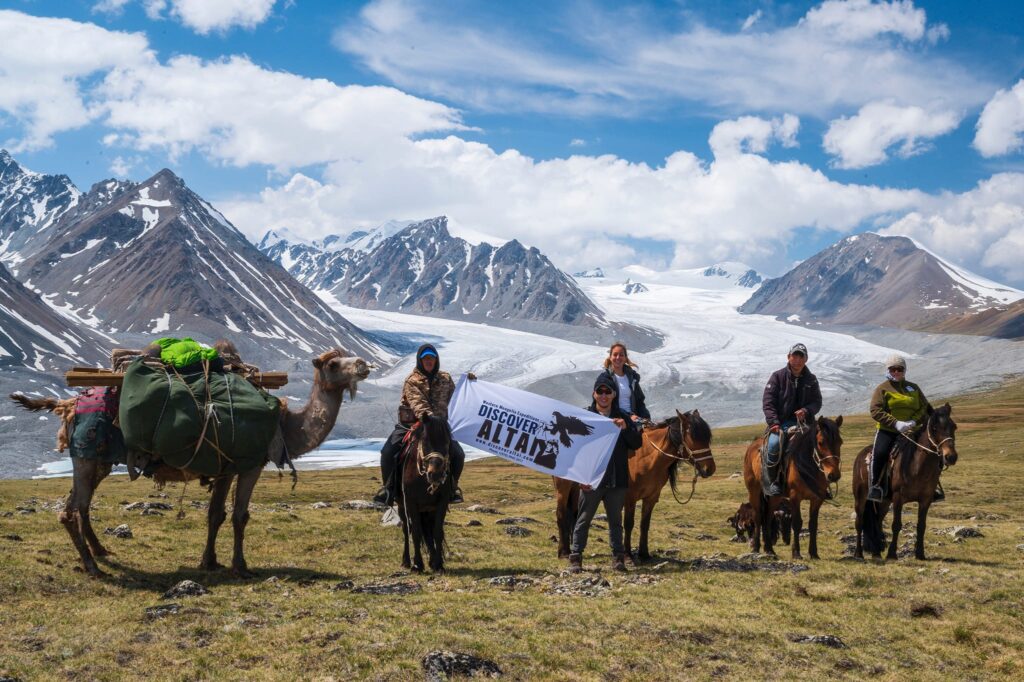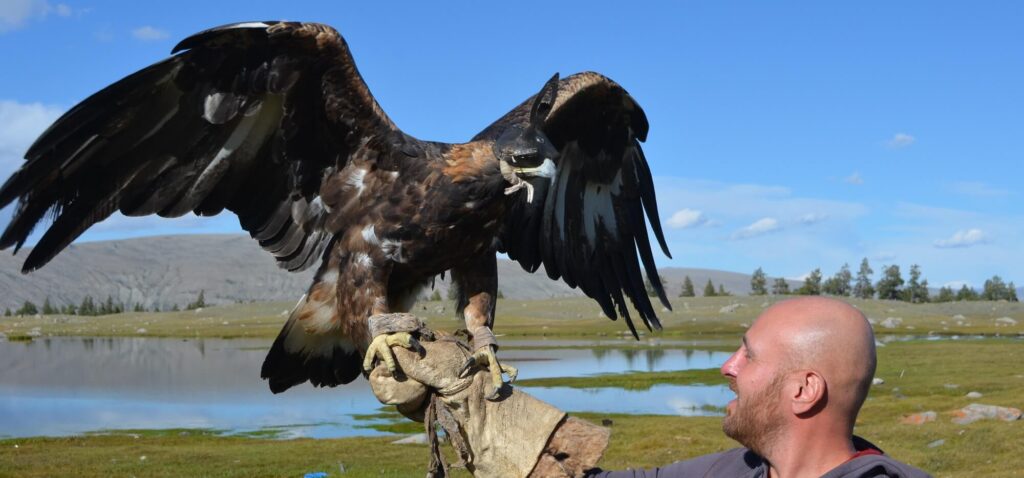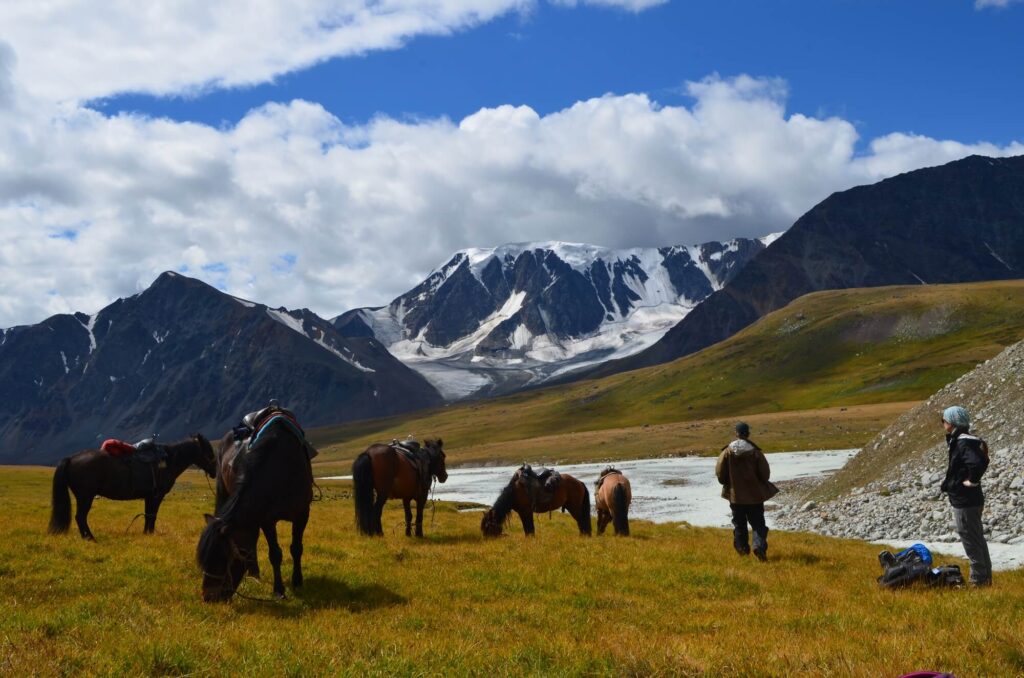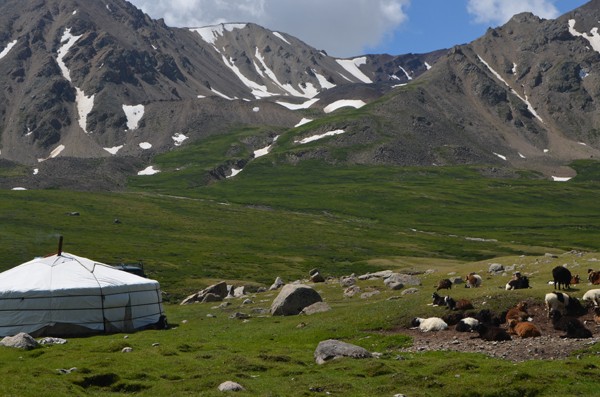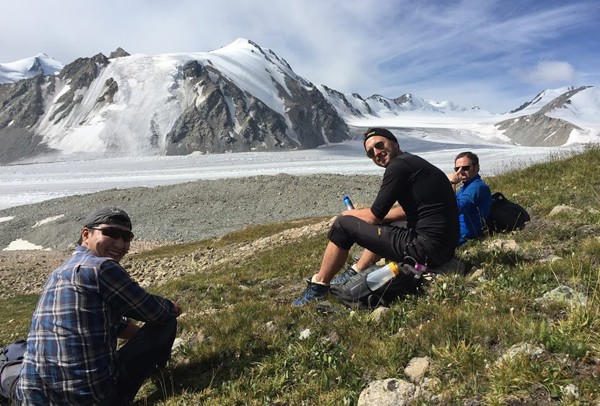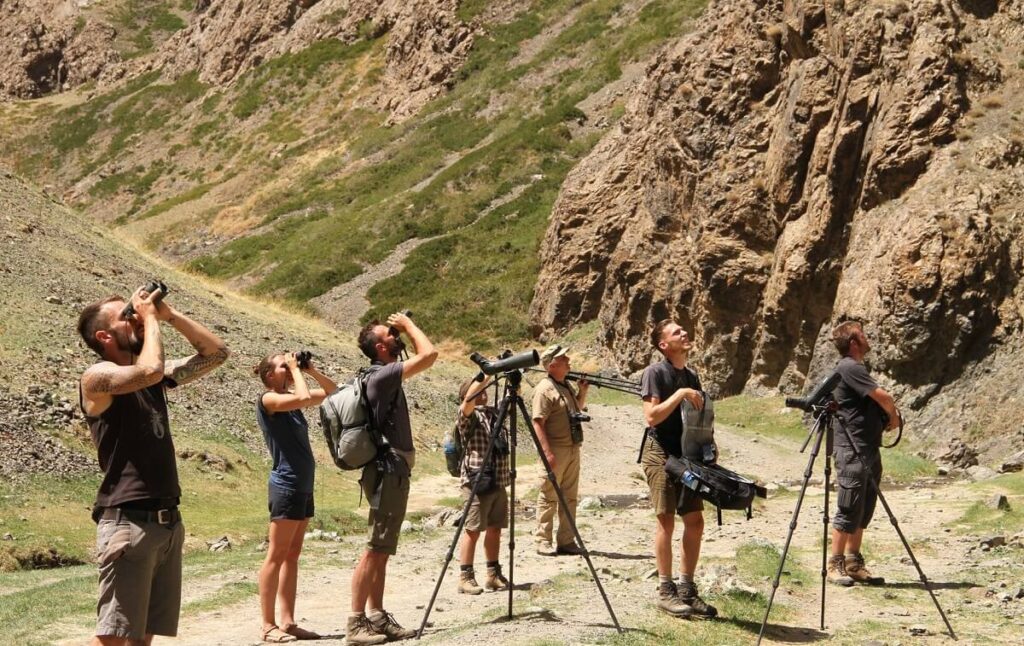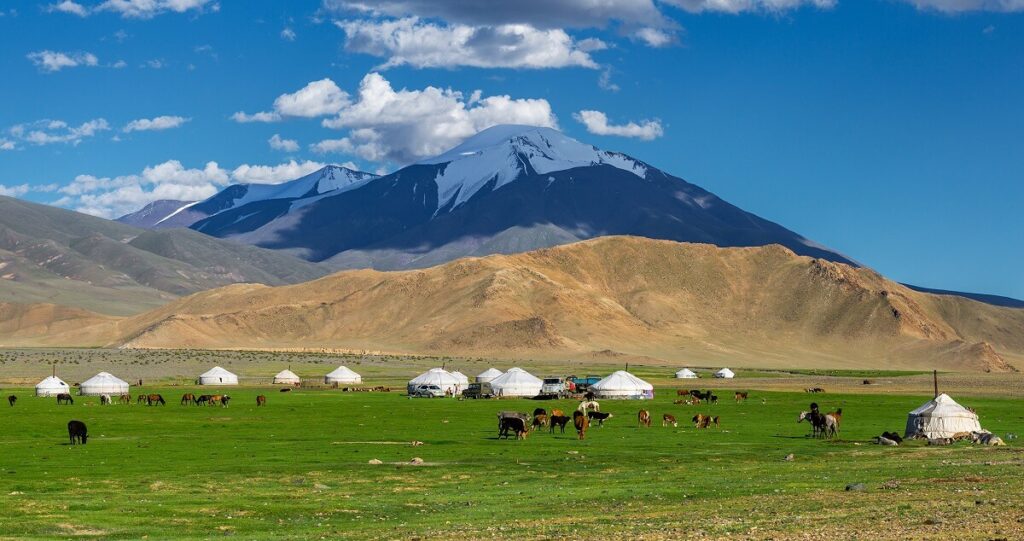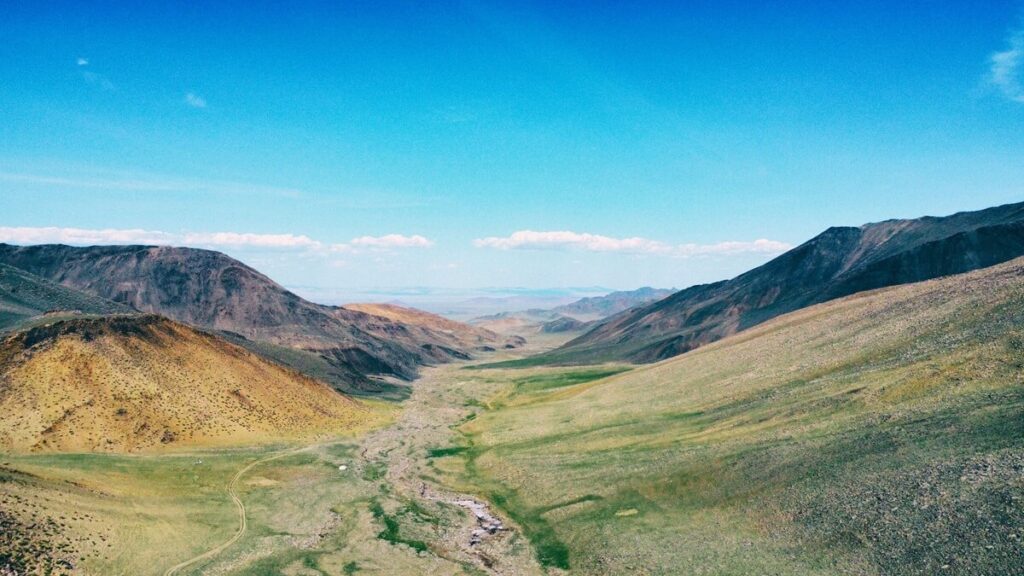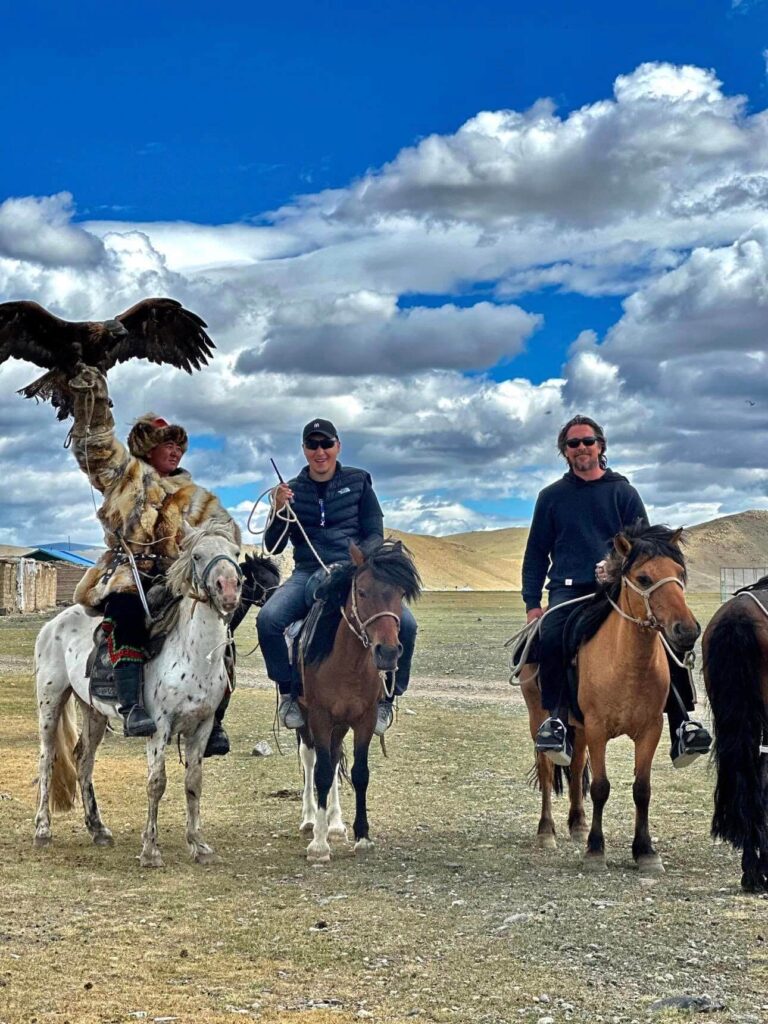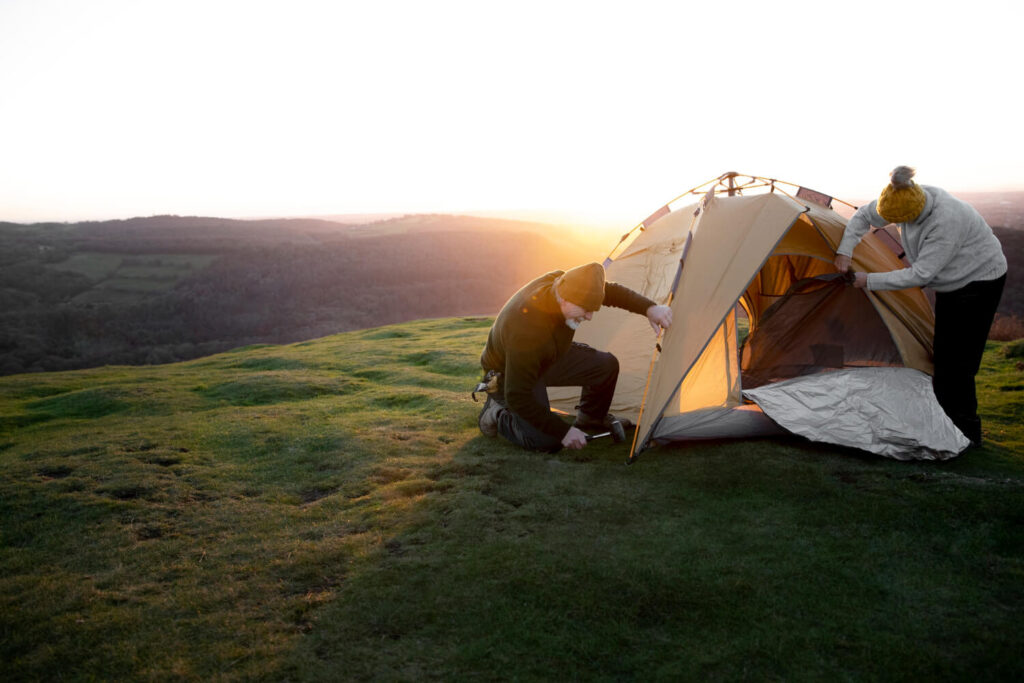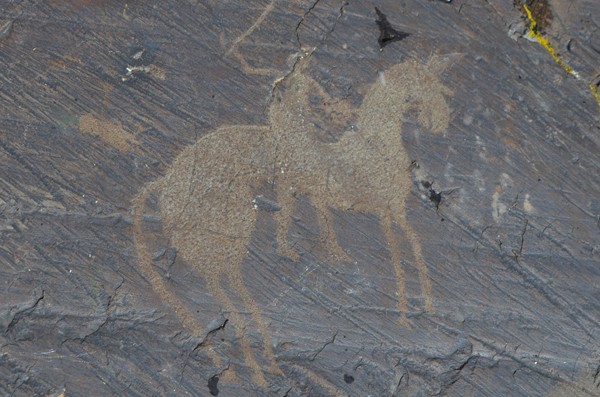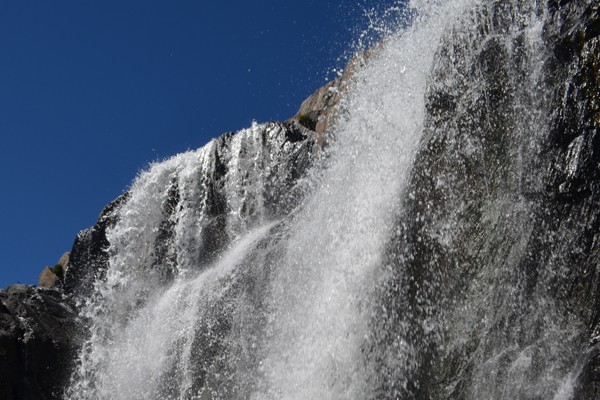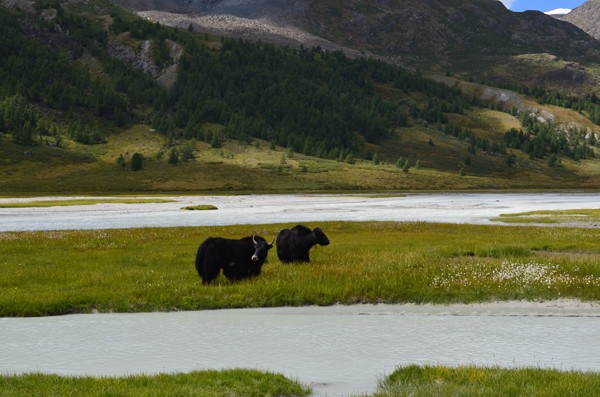Sutai Mountain, standing proudly in the Mongolian Altai range, is one of the most captivating natural wonders in Mongolia.
With its rugged terrain, towering peaks, and pristine beauty, Sutai Mountain offers an unparalleled experience for adventurers, nature lovers, and those seeking to connect with the unspoiled wilderness of Mongolia.
This majestic mountain is not only a geographical marvel but also holds significant cultural and spiritual importance for the local communities.
We offer you CLIMB MOUNT KHUITEN MONGOLIA. Mount Khuiten is the highest peak in Mongolia, which is located in the remote area of the Mongolian Altai region. In addition, Altai Tavan Bogd National Park is truly one of the must-see places in Mongolia as there are stunning snow-capped mountains and an array of beautiful valleys. It will be wonderful 🤩🤩
Geography and Location
Sutai Mountain, part of the larger Altai Mountains, is situated in the western part of Mongolia, specifically within the borders of the Zavkhan and Govi-Altai provinces.
The mountain is part of the Mongolian Altai range, which stretches across the borders of Mongolia, China, Kazakhstan, and Russia. The peak of Sutai Mountain reaches an elevation of approximately 4,226 meters (13,865 feet), making it one of the highest points in Mongolia.
The mountain is characterized by its sharp, jagged ridges, steep slopes, and expansive glaciers that carve through its rocky landscape.
The region surrounding Sutai Mountain is known for its diverse ecosystems, ranging from arid deserts to lush alpine meadows. The lower slopes are dotted with patches of Siberian larch forests, while the higher altitudes are covered in snow and ice year-round.
The mountain’s remote location and challenging terrain have helped preserve its pristine environment, making it a haven for wildlife and a paradise for ecotourists.
Flora and Fauna
Sutai Mountain is home to a rich variety of flora and fauna, some of which are unique to the Altai region. The mountain’s lower elevations are dominated by steppe and forest-steppe vegetation, including various species of shrubs, grasses, and wildflowers that bloom during the short summer months.
As one ascends higher, the vegetation becomes sparse, giving way to hardy alpine plants that can survive the harsh climatic conditions.
The mountain is also a critical habitat for several endangered and rare species. Snow leopards, one of the most elusive and endangered big cats in the world, are known to roam the rugged terrain of Sutai Mountain.
Other wildlife includes Argali sheep, ibex, and various species of birds of prey, such as the golden eagle. The presence of these species highlights the importance of Sutai Mountain as a biodiversity hotspot within the Altai region.
Cultural and Spiritual Significance
For the local communities, particularly the ethnic Kazakhs and Mongols living in the region, Sutai Mountain is more than just a geographical landmark; it is a sacred place deeply intertwined with their cultural and spiritual beliefs.
The mountain is often regarded as the dwelling place of powerful spirits and is considered a source of life and prosperity.
Local traditions involve making offerings to the mountain spirits, especially before embarking on important journeys or seeking blessings for good fortune.
These practices reflect the deep connection between the people and their natural environment, a relationship that has been maintained for centuries. The mountain also serves as a pilgrimage site, where people gather to perform rituals and ceremonies to honor their ancestors and the spirits of the land.
Adventure and Tourism
Sutai Mountain is a popular destination for adventure seekers and mountaineers. The challenging terrain and the opportunity to experience untouched wilderness attract climbers from around the world.
The ascent to the summit is not for the faint-hearted, as it involves navigating steep ridges, glaciers, and unpredictable weather conditions. However, those who reach the top are rewarded with breathtaking views of the Altai range and the vast Mongolian steppe.
In addition to mountaineering, Sutai Mountain offers opportunities for trekking, wildlife watching, and photography.
The surrounding areas are ideal for exploring on horseback, a traditional mode of transportation in Mongolia. Visitors can also immerse themselves in the local culture by staying with nomadic families and experiencing their way of life.
Conservation Efforts
Given its ecological and cultural importance, there are ongoing efforts to protect Sutai Mountain and its surrounding environment.
Conservation initiatives aim to preserve the mountain’s biodiversity, protect endangered species, and promote sustainable tourism practices. These efforts are crucial in ensuring that Sutai Mountain remains a pristine natural treasure for future generations to enjoy.
Sutai Mountain stands as a testament to the natural beauty and cultural richness of Mongolia. Its towering peaks, diverse ecosystems, and spiritual significance make it a destination like no other.
Whether one is seeking adventure, tranquility, or a deeper connection with nature, Sutai Mountain offers an experience that is both humbling and awe-inspiring. As more people discover this hidden gem, it is essential to balance tourism with conservation to preserve the mountain’s unique heritage.







